#074 ✰ The hand-crafted art of ordinary people
our Boulder summer • SoaO: Marc's patchwork of Persian rugs • mingei Japanese philosophy
Haven’t heard from us the past couple weeks? That’s right! We took a break from sending this newsletter. Time to recharge batteries. Leave space for creativity. We are in Boulder, CO. Having a blast the three of us, and the kiddos. Catching up with old friends over a hike, a beer or a BBQ. Coding. Pitching. Writing. Designing. Running. Swimming. Skateboarding. Lots of ing’s. Lots of green.
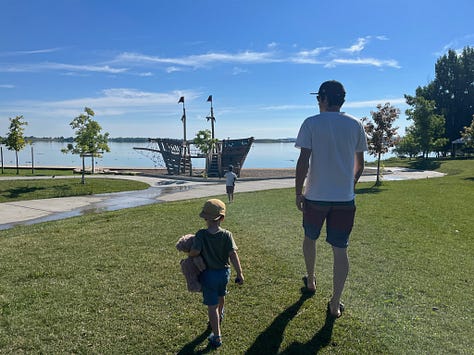

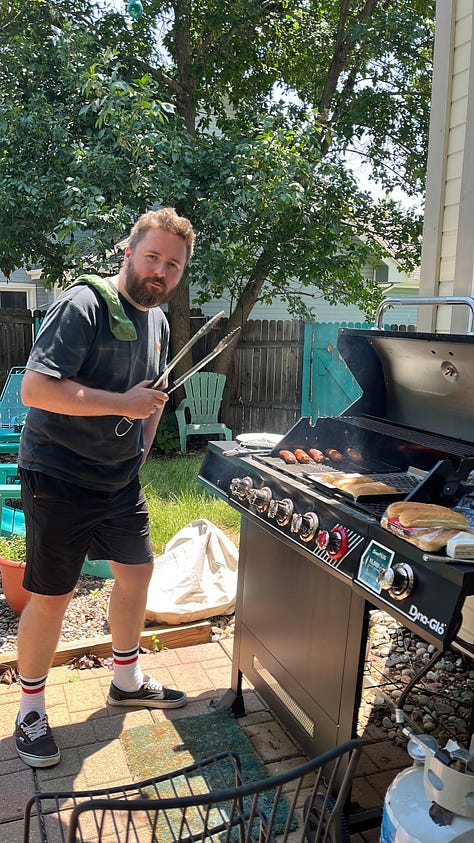

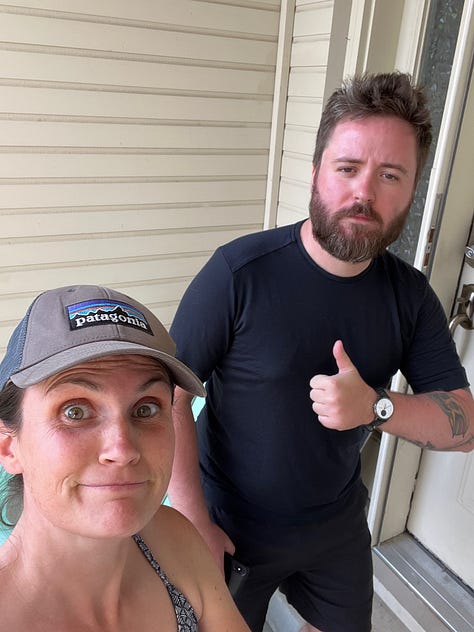
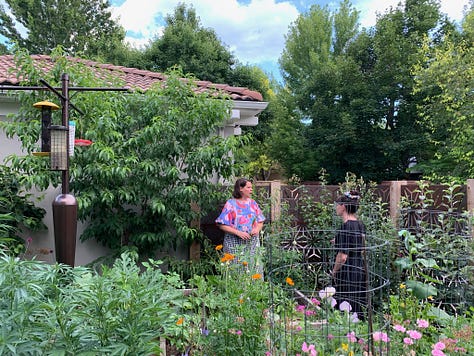
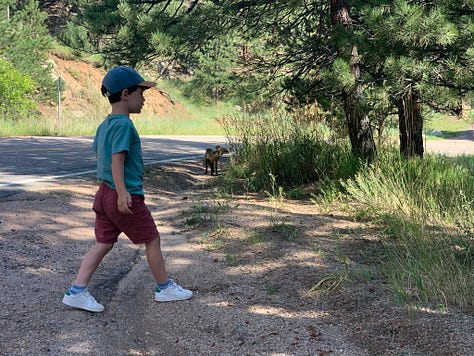
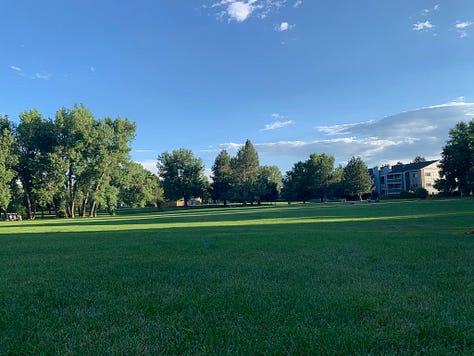
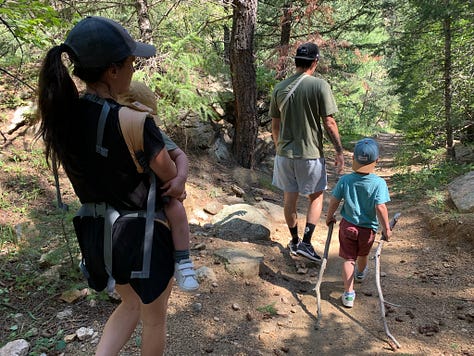
… so yep, 👋 I’m Mathilde btw. We are Objet. We explore the intersection of consumerism, myth, satisfaction, desire, taste, joy, meaning and pride. Not specifically in that order. To brag at your next dinner, Objet is the french word for 'object' and should be pronounced 'OB-JEH'.
If you’re new here, welcome 👋
In today’s Objet journal:
Soul of an Objet 👉 Marc's patchwork of Persian rugs and a quick dive in the Mingei philosophy
What’s up in the app 👉 comments & notifications
Cool reads, cause it’s always cool to read cool stuff
Soul of an Objet | Marc Chataigner
Sublime possessions have soul and meaning. Meet Marc's patchwork of Persian rugs, a gift from his parents that offered him a sense of 'home' everywhere he settled in.
Marc’s Objet profile | Marc on medium
Marc also experienced firsthand what we mean by 'sublime possessions' while traveling to Japan. Here’s him sharing the Mingei theory; or the 'beauty in everyday ordinary and utilitarian objects created by nameless and unknown craftsmen'.
Kinda reminds us the first ceramics Rendl made herself when she moved to London (and called Japanese Teacups). Or the utterly french 'Picardie' glass by Duralex I own and use every single day.
Let's start first with some words from a craftsman out of Yamagata who met with Marc:
Have a look at this shape. It doesn’t look extraordinary, does it? You could easily imagine this bowl mass produced at a million pieces, all identical. But if you look at this one crafted here, unique of its kind, you will see something else. In the mass produced bowl, you see the result of a massive industrial machinery, pretty precise and sharp, you see the cadence, the capacity, the commodities. In this crafted bowl, you see the outcome of my hand, you see an intention of mine, an expression of know-how, mixed with a specific mood. Each new bowl I craft is not a commodity, but an opportunity to express something. The craft process is like forging, an idea, an intention, a feeling eventually, may melt from one shape to another.
How would you describe your relationship with Japan?
The only thing I know for sure, Japanese emojis are the best. *\(^o^)/*
Where does this passion come from exactly?
Got the chance to get to learn Chinese when I was 10. Given my first name, I quickly got passionated by the adventures of my homonym Marco Polo in the Far East. Japan became more of an interest to me after meeting with Japanese classmates in my design school and realised I didn’t know much about that culture. So I went on to travel there following their recommended addresses. ε=ε=ε=ε=ε=ε=┌(; ̄◇ ̄)┘
Later, I had the opportunity to live in China and in Japan for work & studies beside numerous leisure travels. Eventually, I met with my wife-to-be (who is not Japanese) in Tokyo and we got married in Osaka. Although I remain super frustrated because my level of Chinese and Japanese still remain super low… (c" ತ,_ತ) ... my tastebuds got trained in hot sake!
How did you discover the concept of Mingei? what did you find so special about it?
Visiting the Folk Art Museum in Tokyo, I got to know more about the Mingei approach. Mingei, the Folk Arts & Crafts, distinguishes itself from the Applied Arts of industries and marketers. The interest for mingei was rejuvenated in the 30s' by Yanagi-san, who saw a sense of beauty in items for everyday use he collected in Japan and elsewhere. The philosophy behind is not about the object value as in art or antique collection, it is about the use value, the pleasure and meaningfulness one gets by using that item. The objects in question may be an old wooden stool, a ceramic bowl or a traditional broom, it might be also a MUJI found item, a washi-paper chair or a Duralex glass.
From the Mingei Museum in Tokyo, I asked contact details of contemporary mingei craftsmen and I got provided with an initial list I went on meeting, in Matsumoto, Yamagata, Sendai, Tochigi. Craftsmen and shop keepers I met said for instance that they didn’t design for the market, against trends and competitors, but they designed for daily life, which does not change. How to generate this moment of awe every morning when you lift your cup of coffee. Others said that beauty isn’t something exotic to go and capture in faraway countries, it is about having a soft heart to be able to be touched wherever you are. When asked what he would advice newly graduated ceramists, one craftsman said he would recommend to showcase the pleasure at work rather than the expert skills ; expert skills are only meaningful for those with trained eyes, but enjoying once job is something many of us miss in our corporate jobs and can relate to. In all these instances, the point is not the material object but the quality of the attachment(s). Attachments often require first the ability of detachment.
As a designer, I got inspired by Mingei not for objects themselves but for the mindset they bring to life. For instance, I remember visiting a ceramic craftsman in Sendai who was running the factory since 7 generations. One of the questions I asked was ‘what have you changed or innovated generation after generation?’. His response was first a long pause, then some discomfort, and then he replied ’nothing!’. In design my mind is wired to produce stuffs that are market relevant and innovation is one key differentiator. In his case, he is not aiming at changing to compete or update, the market is not ruling his life and ways of thinking. He gathered the value of his labour from the attachments to his place, his clay, his process, his style, his customers. In another tiny store where I spent the afternoon chatting with the owner, three customers came in during that afternoon, not to purchase something but to gift the shop owner with some fruits or books. These customers wanted to thank him for continuing to run his store. It was the first time for me to witness customers gifting a seller.
Do you own any object today that would fit the Mingei approach?
Some of the cups, spoons, plates we have at home come from the time we were making our home in Japan with my wife. All of them come from different places and different stores, each one having entered our life in a moment that became memorable. I am sure many of you have the same kind of experiences which led to the particular set of kitchenware you use. When we moved back from Japan, almost only the dearest items remained with us now.
You can see some of them in this collection.
If you had to pick up only one, which one would it be? What’s the backstory of this object? What makes it special?
If I had to choose one object, I’ll choose the carpet. It happens to be a present from my parents on their return from Caucasus, where my mum did most of her career in archeology. Old carpets cannot always be repaired, so one way is to tear them apart and create a new patchwork out of old carpets. Although it looks modern, it is fairly common in households. When I relocated in various places, it brightens up the space and helped me to recreate a feeling of home as soon as I unfold it.
What’s the next purchase you’re currently contemplating?
Next purchase? It is paint and/or wallpaper. With my wife we want to improve the quality of light in our home and instead of going for lights we thought let’s first look into wall colours.
What’s up in the app
💬 C O M M E N T S are live, folks! Which means you can now start discussions around someone’s object that intrigues you!
🔔 N O T I F I C A T I O N S are up and running, too. You’ve been asking for them, here they are! No more missing someone tagging you or giving you recommendations. Just toggle depending on your interests!
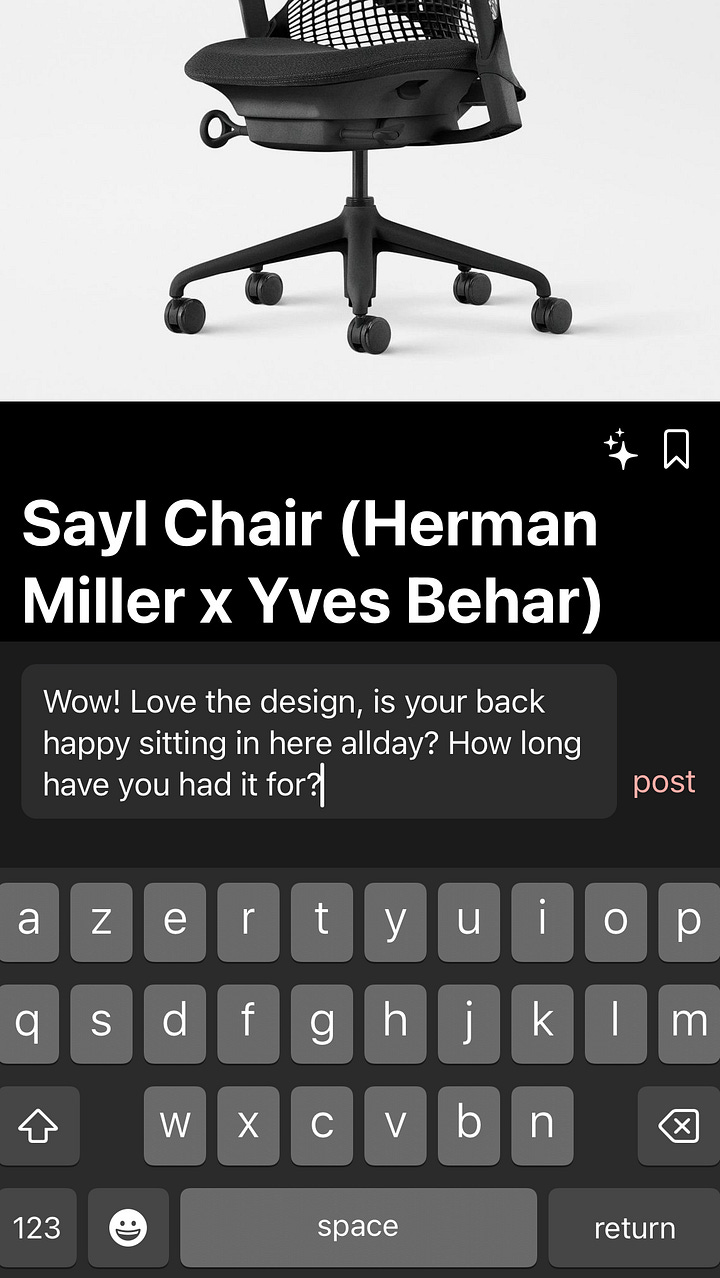

Cool reads & more
Feel like digging into the Japanese culture? Go ahead, blindfolded. A long road trip ahead? Insomnias? We’ve got you covered with these long but extra-ordinary journeys! 😃
Kev would tell you: don't view them as podcasts. They're way more than that. I've seen him truly excited like a kid while listening to them. He told me this was better than watching a movie. It was pure entertainment all along for him. Of course, these singular stories are all intertwined: Nintendo created a whole new market - video games - which is now valued more than twice the music + movie markets combined! Yep, that's wild. The Playstation was first a CD-ROM Adapter for the SNES - and since Nintendo completely blew off that partnership, Sony entered the arena with the Playstation on their own. Sega just died as a console maker out of this war. All that being said, both Nintendo and Sony stories are incredible. Nintendo was founded in 1889 and started to produce handmade playing cards. We are in 2023. For a while, Sony completely dominated the consumer electronics scene: they were synonym with innovation [remember the walkman?]. Steve Jobs himself admired them and frequently visited their headquarters… Convinced? 😃
🎮 nintendo
🎧 sony
🦔 sega
🧸 unai no tomo
meet these incredible catalogues of Japanese toys (1891–1923)
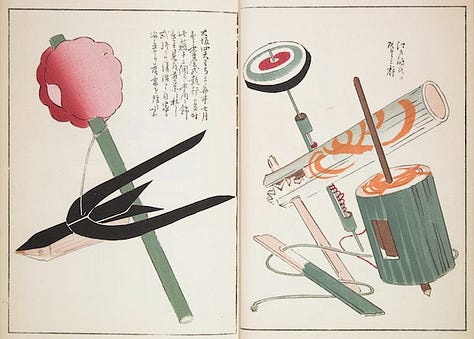
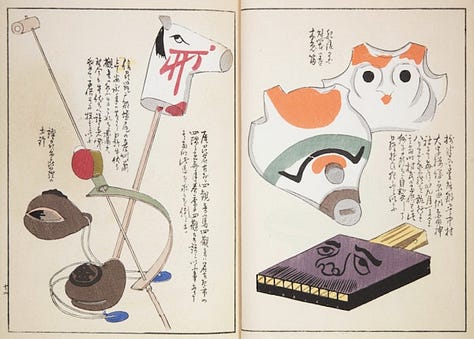
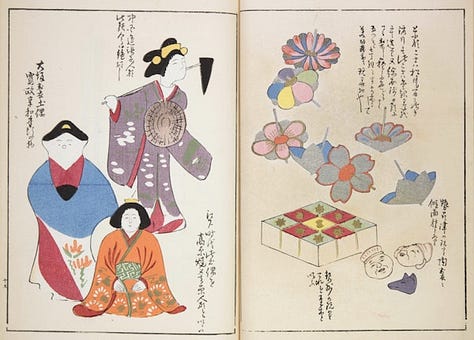
🍙 your life-long rice cooker is here
alongside a few more ‘for life’ objects
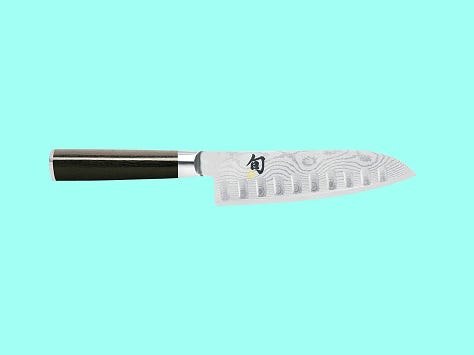
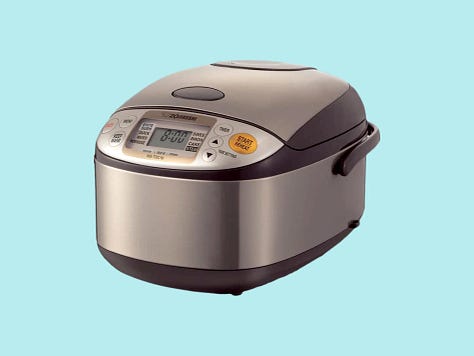
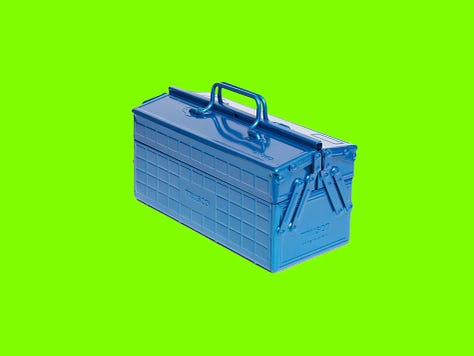
🐱 Japanese KAWAII : from apparel to art and restaurants
meet your new favourite address in SoHo, NYC.
The essence of "KAWAII" is to create a microcosm within oneself. It's the philosophy of "This is something I won't give up, this is my own original style". (…) I think "KAWAII" is not a thing, but a movement. "My this is good, but your that is also good."
🌱 wabi sabi
or the art of appreciating beauty that is "imperfect, impermanent, and incomplete" in nature.
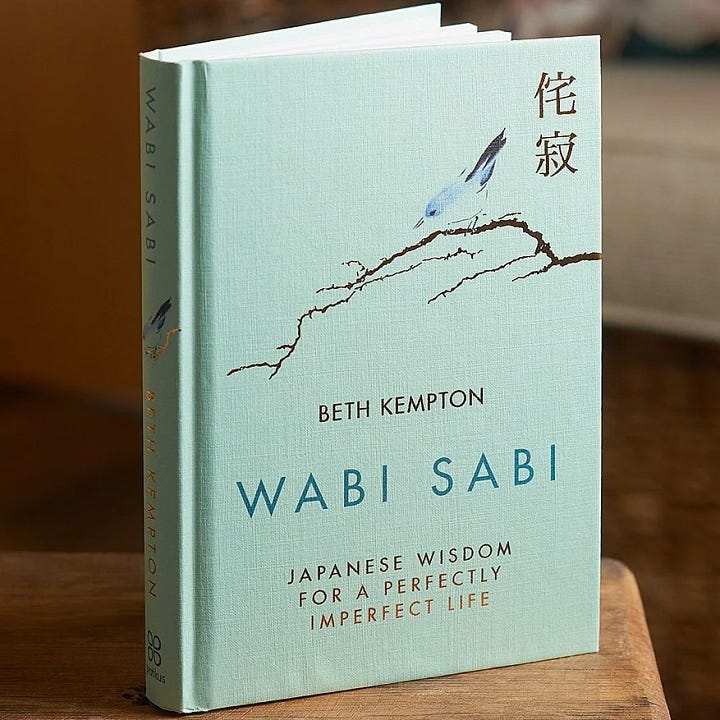
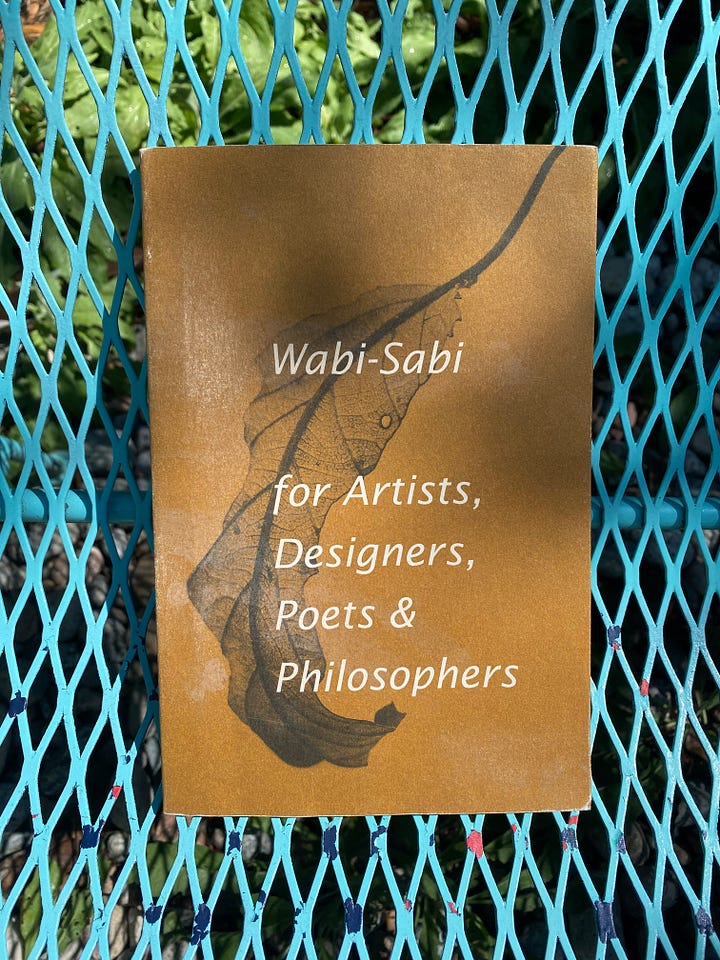
Here’s a collective story: we first discovered the concept through Quentin, who offered us this book in Lisbon. Then we got the other one specifically rec'd recently by Marc. We're now in Julie's home and found it in her bookshelves, so currently reading it!
Have you read one or the other? Let’s talk about them altogether in September!
If you got all the way here and have been seeking a better way to experience shopping & enjoy your possessions, alongside enthusiastic, not-so-serious souls, try Objet:
… share Objet journal with a soulmate 👯
… subscribe to Objet journal to receive new posts 🛼
Til next time,
Mathilde 🌊








